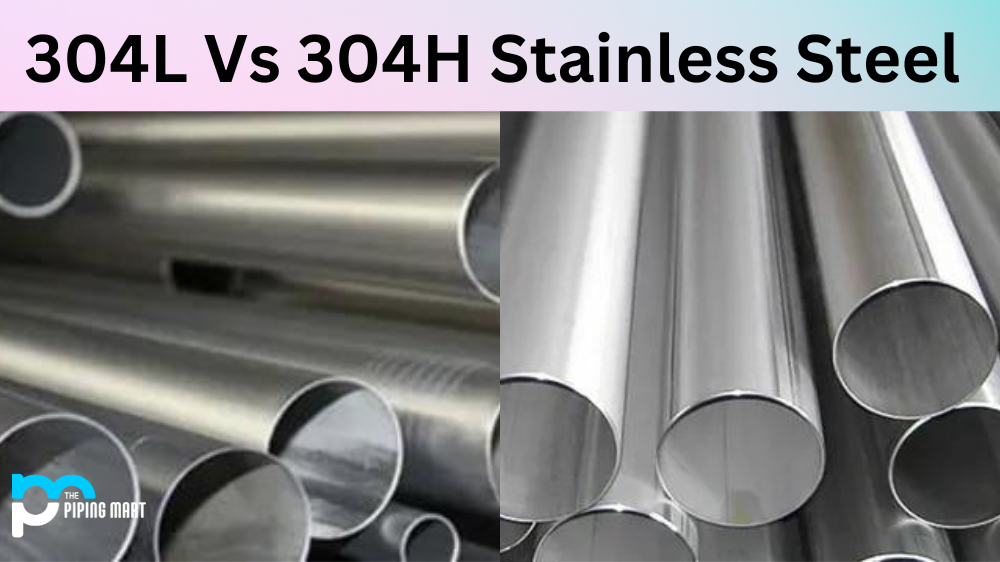When comparing the two materials, grade 5 titanium and stainless steel, it’s important to understand the differences between them to make an informed decision. Both have their own strengths and weaknesses, so in this blog post, we’ll go over what makes each one unique. We’ll also discuss how these materials are used in everyday life and what qualities make them good for certain applications.
Grade 5 Titanium
Grade 5 titanium is a type of titanium alloy that has been heat treated for increased strength. It has excellent corrosion resistance, especially when exposed to salt water or other harsh chemicals. It is lightweight yet durable, making it ideal for use in marine environments or for applications where weight savings are important. It is also non-magnetic and non-conductive which makes it safe to use around electronics or sensitive equipment. Grade 5 titanium has a high melting point of 1,650°C (3,000°F) which means it can withstand extremely high temperatures without losing its properties or becoming brittle.
Stainless Steel
Stainless steel is an alloy made up primarily of iron, chromium, and nickel. It is known for its superior strength and durability compared to other metals like aluminum or brass. It has excellent corrosion resistance against most acids and chemicals as well as good heat resistance up to 1,400°C (2,550°F). Unlike titanium alloys, stainless steel is magnetic which makes it a great choice for applications that require magnetism such as motors or generators. It is also significantly heavier than grade 5 titanium but still lightweight enough for many uses.
Difference Between Grade 5 titanium and Stainless steel
When it comes to comparing titanium and stainless steel, there is a world of difference. Titanium is lightweight and resistant to corrosion, whereas stainless steel is heavier and more prone to oxidation. Titanium also has non-magnetic properties, making it well-suited for medical implants or components in magnetic resonance imaging (MRI) machines. In comparison, stainless steel can become magnetized and is therefore well-suited for industrial applications such as use in cutting tools or kitchen cookware that may require magnets. Cost wise, titanium tends to be more expensive while stainless steel can sometimes be the more cost-efficient option depending on the application. Ultimately, grade 5 titanium and stainless steel both have their unique advantages depending on what projects they are being used for.
- Titanium is a stronger metal than stainless steel.
- Titanium is more resistant to corrosion than stainless steel.
- Titanium is lighter in weight than stainless steel.
- Titanium is more expensive than stainless steel.
- Stainless steel is more widely available than titanium.
Conclusion:
Whether you’re looking for something strong but lightweight or something with superior corrosion resistance, both grade 5 titanium and stainless steel have their advantages and disadvantages depending on the application you need them for. Regardless of your decision though, both materials are incredibly durable and reliable choices that will last you a long time with proper care and maintenance. For any project requiring metal components or parts with extreme strength requirements, you can’t go wrong with either grade 5 titanium or stainless steel!

A passionate metal industry expert and blogger. With over 5 years of experience in the field, Palak brings a wealth of knowledge and insight to her writing. Whether discussing the latest trends in the metal industry or sharing tips, she is dedicated to helping others succeed in the metal industry.




